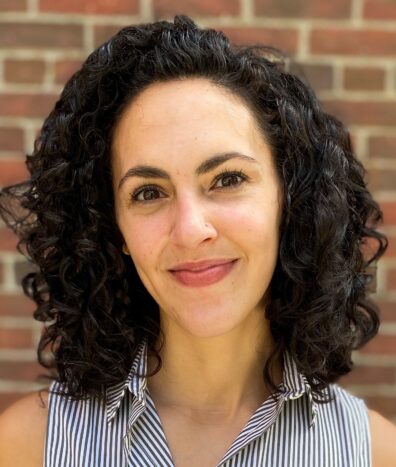Sometimes, it’s about two guys putting together a gingerbread house kit. At age 11, a boy like Heaven Lowe is soaking up all those new experiences.
We the People: What led to the Cold War? Fear of nuclear weapons annihilating all life on Earth, for one thing
mikayla.makleBy Pip Cawley, PhD, political science
There are two official answers to this question. One is that the U.S. was concerned about the spread of communism. The other is that the U.S. was concerned with the possibility of nuclear war. The myriad ways the fear of communism influenced the United States are too numerous and complex for this brief article.
The Cold War, so named because the two major powers, the United States of America and the Union of Soviet Socialist Republics, never “heated up” or fought open war in Europe, lasted from 1945 to 1990.
Some historians argue the Cold War started during the end of World War II and that the use of the first nuclear weapons on Japan was intended, among other things, to intimidate the Soviets.
While fear of nuclear war no longer influences our daily lives, as it did during the Cold War, it remains a real concern in international relations.



